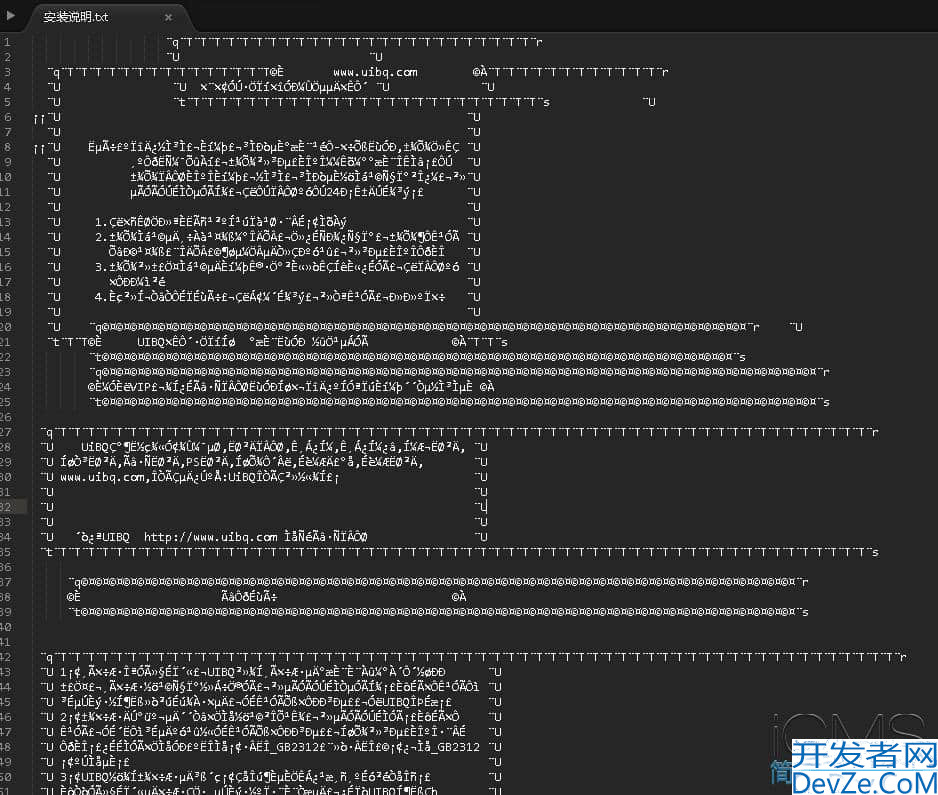让Python加速运行的八种实用技巧分享
目录
- 1. 使用内置函数和库
- 2. 利用JIT编译器 - Numba
- 3. 使用多进程处理CPU密集型任务
- 4. 使用Cython将python编译为C
- 5. 使用高效的数据结构
- 6. 利用NumPy和Pandas进行向量化操作
- 7. 使用lru_cache缓存函数结果
- 8. 避免不必要的全局变量访问
- 总结
1. 使用内置函数和库
Python的内置函数是用C语言实现的,运行速度比纯Python代码快得多。
# 慢速写法
result = []
for item in iterable:
result.append(func(item))
# 快速写法 - 使用map函数
result = list(map(func, iterable))
# 或者使用列表编程客栈推导式
result = [func(item) for item in iterable]
2. 利用JIT编译器 - Numba
Numba是一个JIT(即时)编译器,可以将Python函数编译为机器码。
from numba import jit
import numpy as np
@jit(nopython=True)
def sum_array(arr):
total = 0.0
for i in range(arr.shape[0]):
total += arr[i]
return total
large_array = np.random.rand(10000000)
print(sum_array(large_array))
3. 使用多进程处理CPU密集型任务
Python有GIL(全局解释器锁),多线程不适合CPU密集型任务,多进程是更好的选择。
from multiprocessing import Pool
def process_data(data):
# 数据处理逻辑
returnhttp://www.devze.com result * 2
if __name__ == '__main__':
data = [1, 2, 3, 4, 5, 6, 7, 8, 9, 10]
with Pool(4) as p: # 使用4个进程
results = p.map(process_data, data)
print(results)
4. 使用Cython将Python编译为C
Cython允许你编写C扩展模块,显著提升性能。
# 保存为example.pyx
def compute(int n):
cdef int i
cdef double res = 0.0
for i in range(n):
res += i * i
return res
然后创建setup.py:
from distutils.core import setup
from Cython.Build import cythonize
setup(ext_modules=cythonize('example.pyx'))
编译并安装:
python setup.py build_ext --inplace
5. 使用高效的数据结构
选择合适的数据结构可以大幅提升性能。
# 频繁成员检查使用集合(set)而不是列表
large_list = list(range(1000000))
large_set = set(large_list)
# 慢速
if 999999 in large_list: # O(n)
pass
# 快速
if 999999 in large_set: # O(1)
pass
6. 利用NumPy和Pandas进行向量化操作
避免Python级别的循环,使用向量化操作。
import numpy as np
# 慢速 - Python循环
def slow_dot(a, b):
result = 0
for x, y in zip(a, b):
result += x * y
return result
# 快速 - NumPy向量化
def fast_dot(a, b):
return np.dot(a, b)
a = np.random.rand(1000000)
b = np.random.rand(1000000)
%timeit slow_dowww.devze.comt(a, b) # 约500ms
%timeit fast_dot(a, b) # 约2ms
7. 使用lru_cache缓存函数结果
对于计算密集型且频繁使用相同参数的函数,使用缓存可以避免重复计算。
from functools import lru_cache
@lru_cache(maxsize=128)
def expensive_function(x, y):
# 模拟复杂计算
result = 0
for i in range(x):
for j in range(y):
result += i * j
return result
# 第一次调用会执行计算
print(expensive_functiowww.devze.comn(100, 100))
# 相同参数再次调用会直接返回缓存结果
print(expensive_function(100, 100))
8. 避免不必要的全局变量访问
局部变量访问比全局变量快得多。
# 慢速 - 频繁访问全局变量
global_var = 10
def slow_func():
total = 0
for i in range(1000000):
total += global_var
return total
# 快速 - 使用局部变量
def fast_func():
local_var = global_var
total = 0
for i in range(1000000):
total += local_var
return total
%timeit slow_func() # 约80ms
%timeit fast_func() # 约50ms
总结
优先使用内置函数和库www.devze.com
对数值计算使用Numba JIT
CPU密集型任务使用多进程
关键代码用Cython编译
选择高效的数据结构
使用NumPy/Pandas向量化操作
缓存函数结果避免重复计算
减少全局变量访问
根据你的具体应用场景选择合适的优化方法,通常可以带来几倍到几百倍的性能提升!记住在优化前先分析性能瓶颈,使用cProfile等工具找出真正需要优化的部分。
以上就是让Python加速运行的八种实用技巧的详细内容,更多关于Python加速运行技巧的资料请关注编程客栈(www.devze.com)其它相关文章!





 加载中,请稍侯......
加载中,请稍侯......
精彩评论